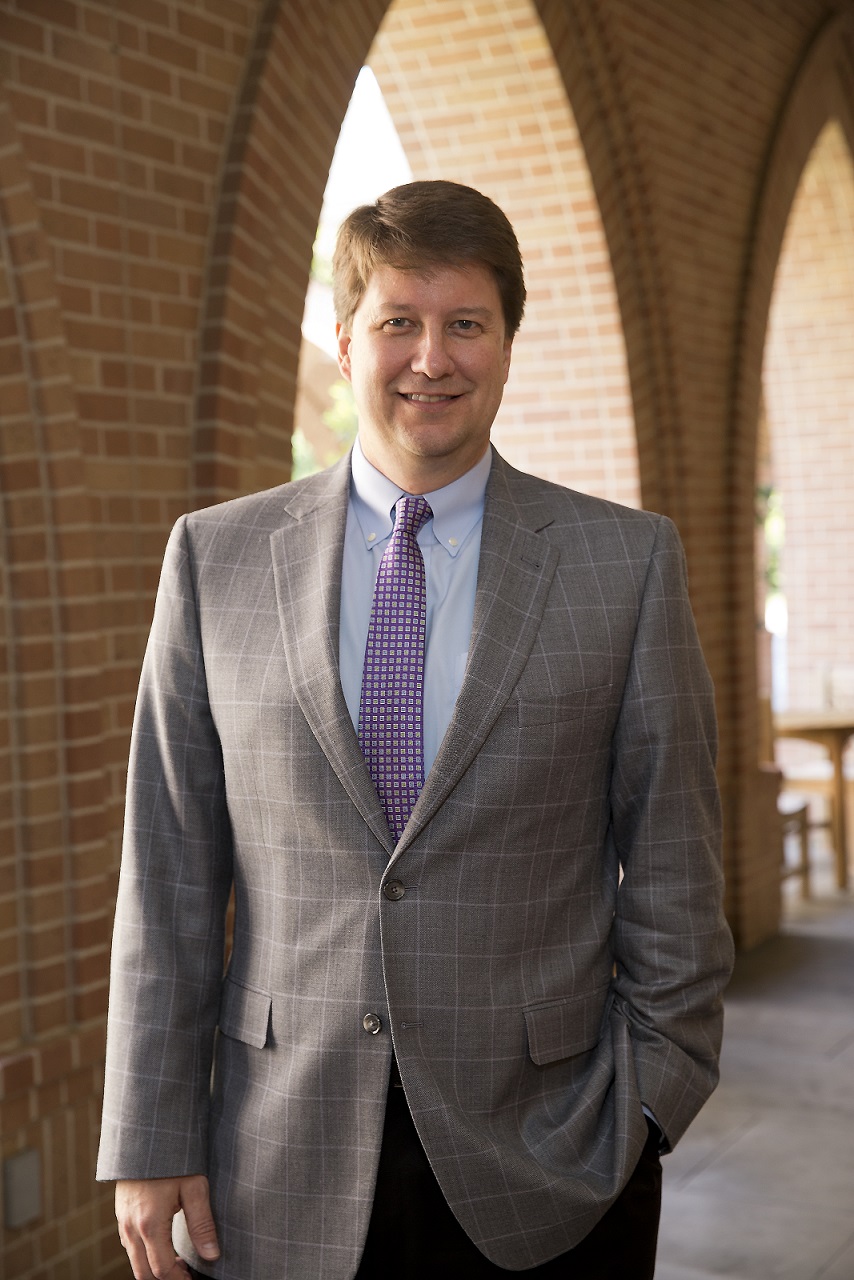 With today’s post, Dr. King closes out CFYM’s series on youth suicide prevention. We acknowledge the collaboration of National Network of Depression Centers and Active Minds with Care for Your Mind and we appreciate their contributions to our community.
With today’s post, Dr. King closes out CFYM’s series on youth suicide prevention. We acknowledge the collaboration of National Network of Depression Centers and Active Minds with Care for Your Mind and we appreciate their contributions to our community.
Cheryl King, PhD
Institute for Human Adjustment, University of Michigan
While evidence-based education, prevention, and treatment intervention strategies exist to address the problems underlying youth suicide, significant barriers prevent young people from receiving the kinds of help that can make a difference. Public policy can impact the availability of services, but there’s debate on how to invest resources.
No Single “Right” Approach
When it comes to public policy and funding to address youth suicide prevention, there’s no perfect evidence to indicate a single best or preferred strategy. I personally look at it as a large magnet and, with every strategy, we “pick up” more of those who are at risk.
Read More














Connect With Us